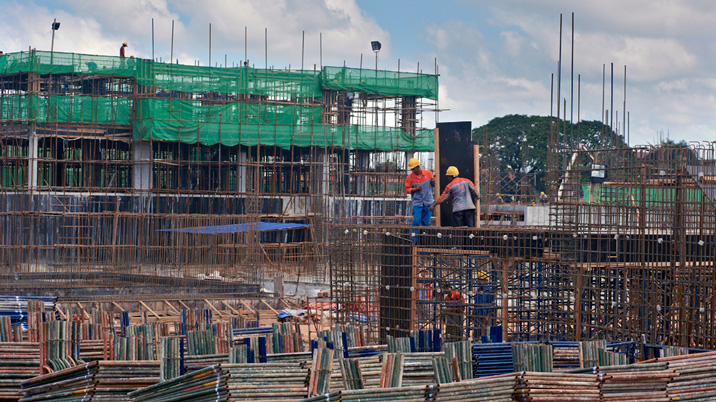Key Findings
- The economy of Lao PDR, also known as Laos, is expected to grow at 8.2 percent in 2012. It is fueled mainly from growth in the construction, manufacturing, mining and service sectors.
- In the medium-term, it is expected to grow at 7.6 percent on average. This depends on the successful delivery of several large power projects which are under construction or in the pipeline.
- Due to the continued demand for imports through strong investments and consumption, a key risk for the economy is the strong pressure on foreign exchange reserves. This calls for a tightening of aggregate demand. Slowing down internal demand, through fiscal and credit tightening, is therefore essential. Laos is largely sheltered from the direct impacts of the uncertain global economic environment. However, the economy is subjected more to secondary effects from the economic developments of major regional trading partners.
- Overall fiscal performance has slightly improved in the fiscal year 2011-2012, due to faster than expected revenue growth. Improved total revenue collection has benefited from grants for the Asia-Europe Meeting (which took place in November 2012), higher revenue from mining and hydro sectors, and also certain non-resource revenues, such as turnover tax and income tax.
- The fiscal deficit in fiscal year 2012-2013 is projected to marginally widen due to planned significant increases in public wages and compensation.
- Debt distress has been reclassified from “high” to “moderate” in August 2012, due to an improvement in policy performance. This is based on the joint IMF-World Bank Debt Sustainability Analysis framework.
- While multilateral creditors still hold the majority of public external debt, bilateral creditors have an increasing share in external public and publicly guaranteed debt.
- Many pregnant women die during childbirth in Lao PDR as many of these deliveries do not occur at health facilities. Health facility deliveries are associated with high out-of-pocket expenses and a pilot initiative aimed at reducing such financial barriers has shown promising results.

